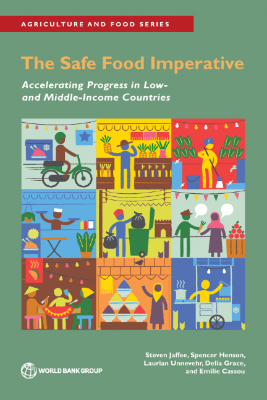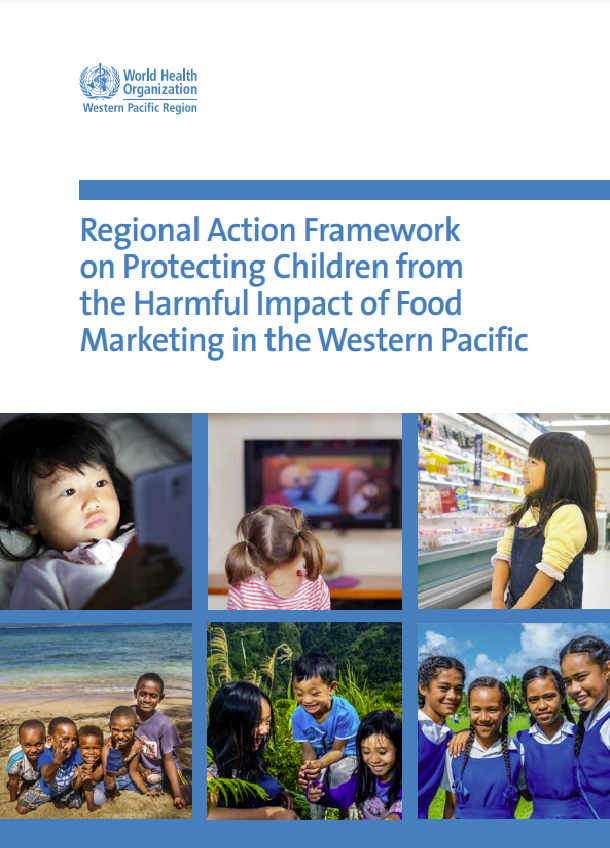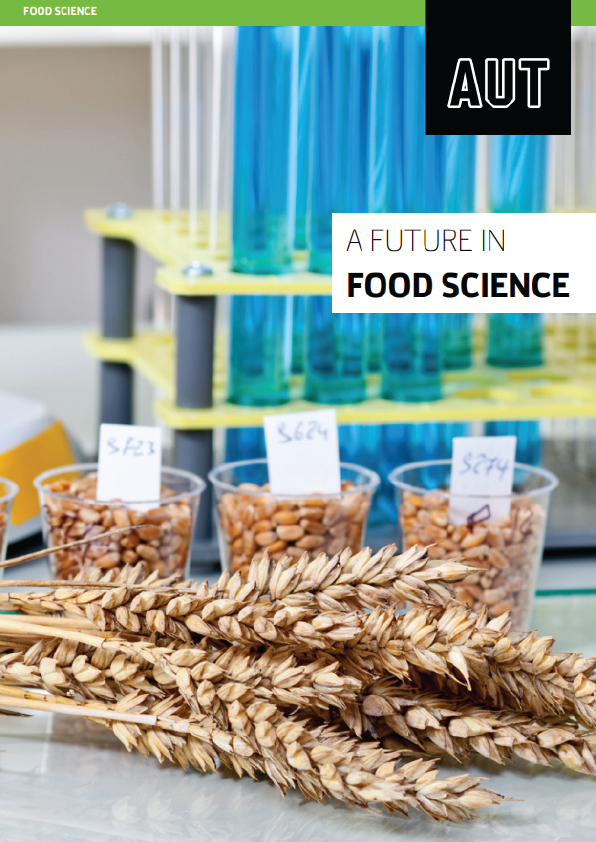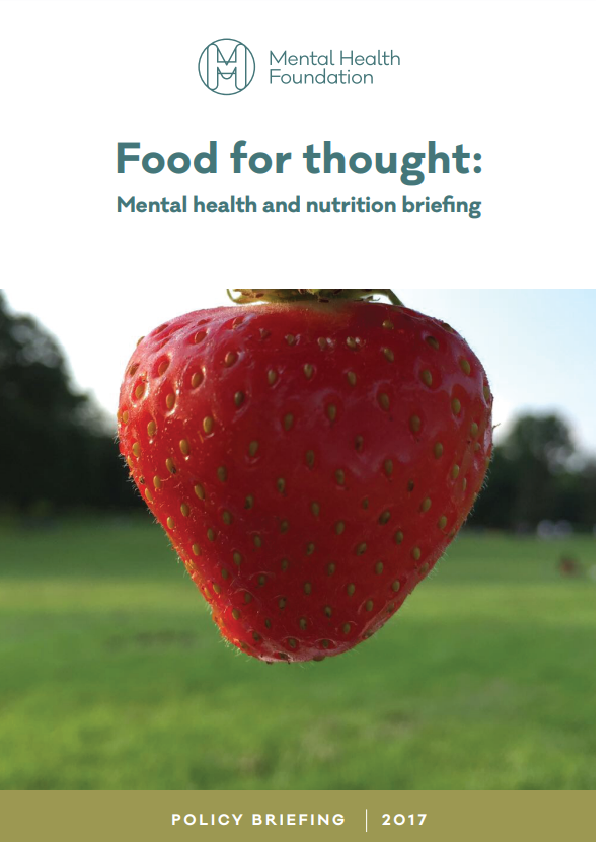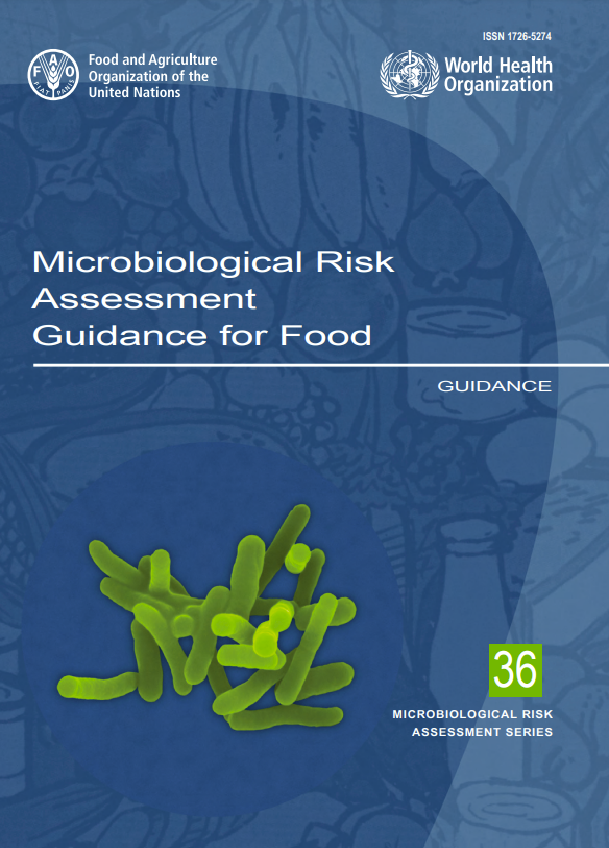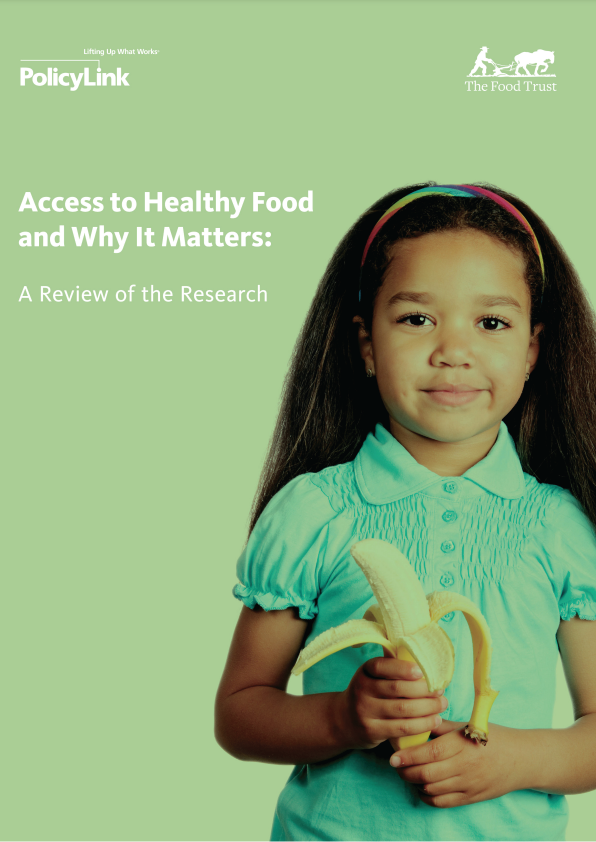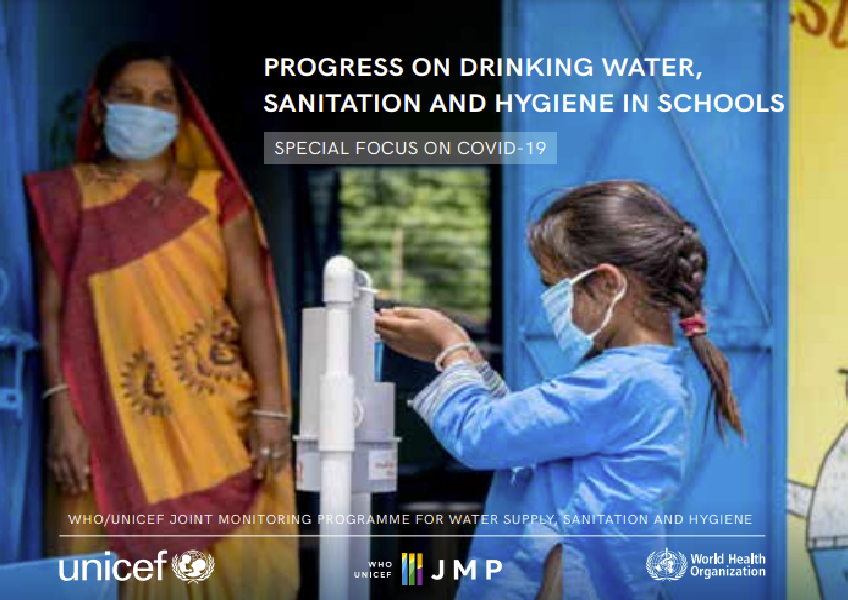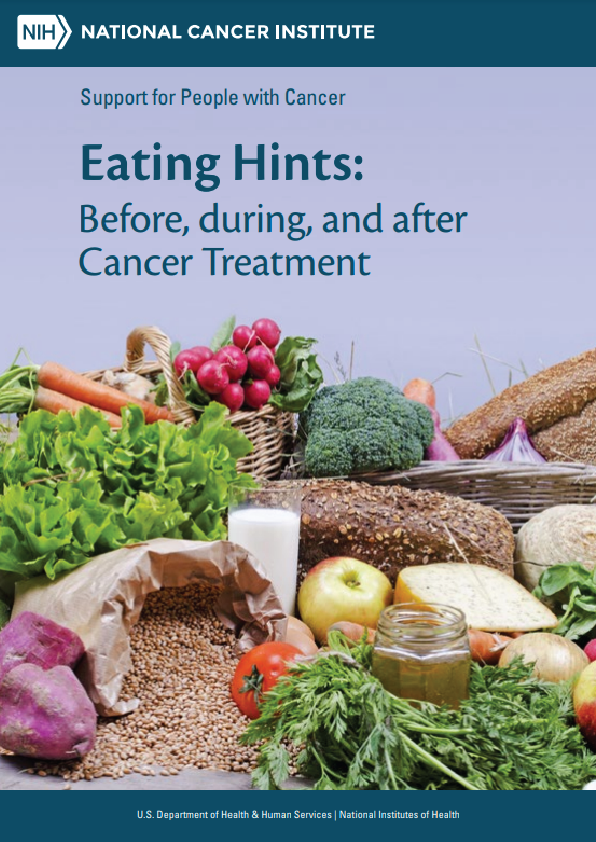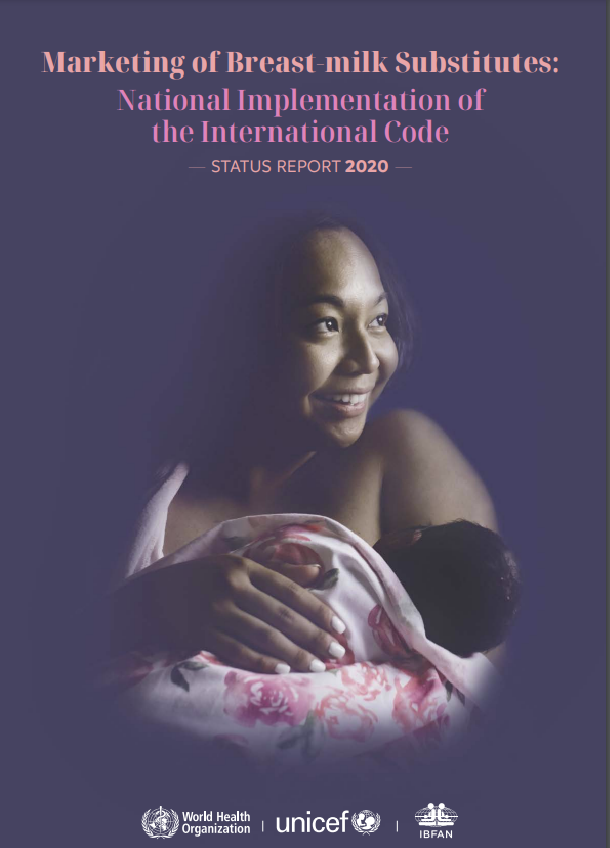Food safety hazards are increasingly being recognized as a major public health problem worldwide, which has significant and wide-ranging socioeconomic consequences for human welfare and economic performance. For industrial countries, a considerable body of research now exists on the nature and magnitude of these consequences; the economics of food safety regulations; and the efficacy of various approaches to strengthen food safety awareness, behavior, and management capacity. For developing countries, hard evidence in these areas is more limited and less accessible to policy makers, especially those who are not experts in this field. Because of this, the economic case for public investment in food safety systems is generally less well understood in low- and middle-income countries.
Many developing countries lack rigorous and comprehensive data on the level and nature of foodborne hazards and the prevalence of associated foodborne illnesses, though this situation is by no means uniform. In developing countries, most cases of foodborne illness are sporadic rather than occurring as part of a substantive outbreak, making them inconspicuous. The 2015 publication of the long-awaited World Health Organization–sponsored report on the global burden of foodborne disease was a major advance. Yet, the findings were only for regions rather than countries, making the report something of a challenge for nonspecialists to understand and draw policy implications from.
Country data are frequently missing or unreliable on the incidence and level of food safety hazards, the occurrence of foodborne illness, and the financial costs to farmers and enterprises from market disruptions because of unsafe food. Food safety hazards and practices within informal food marketing channels are not assessed on a regular basis, despite the great importance of these channels for the food supply to the poor and often to the whole population. And the economic impacts of foodborne hazards are often complex, involving multiplier and feedback effects that can be difficult to identify—and even more difficult to quantify. Somewhat better proxy indicators are available to gauge the impact of food safety hazards on the export performances of developing countries, although this is also a challenging area to accurately quantify.
Thus, while many policy makers and other stakeholders in developing countries recognize that there are gaps and shortcomings in food safety systems, less well understood are the socioeconomic impacts of these weaknesses and, importantly, the size of the benefits from remedial or forward-looking investments or other measures to influence incentives and behavior.
And the playing field is changing. This includes significant demographic and economic changes that are resulting in major shifts in dietary and food purchasing patterns, and a fundamental and rapid process of restructuring domestic agri-food systems. Along with these forces are significant changes in the magnitude and types of hazards associated with the food of developing countries. Different countries are currently at different stages in the processes of dietary and food system structural transformation.
The limited evidence base on the costs of food safety lapses and on the benefits of preventive measures has contributed to underinvestment in food safety management systems in many developing countries. And the growing complexity of food safety hazards in many urbanizing middle-income countries is straining or outpacing food safety management capacity. This includes regulatory control systems, enterprise and value chain management systems, and associated infrastructure and human resources. In developing countries, investments in food safety are often reactive and defensive, occurring after a serious food safety outbreak or the imposition of a trade ban. Experience has shown that reactive investments turn out to be to be very expensive, not only financially but also in the cost to the reputation of the affected industry and the disruptive impacts on value chain actors. Yet, fragmented structures for food safety governance are common, and these tend to inhibit the development and application of forward-looking, preventive approaches to food safety risk management.
